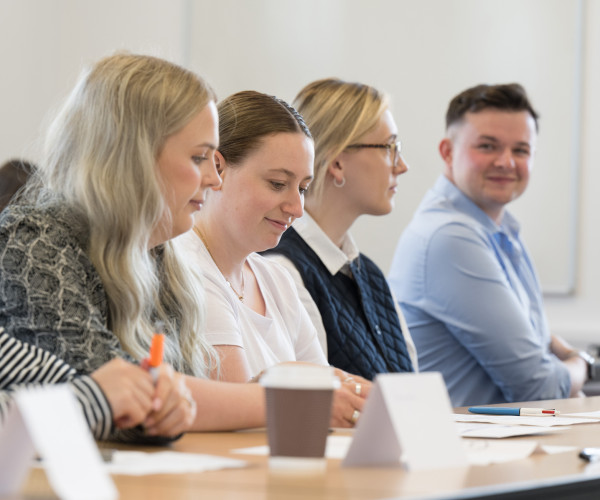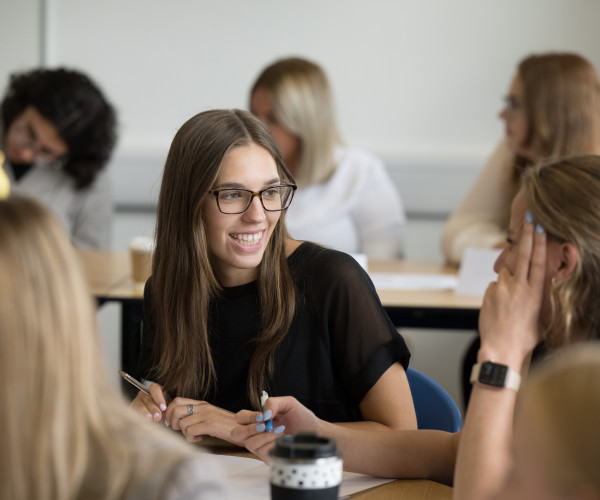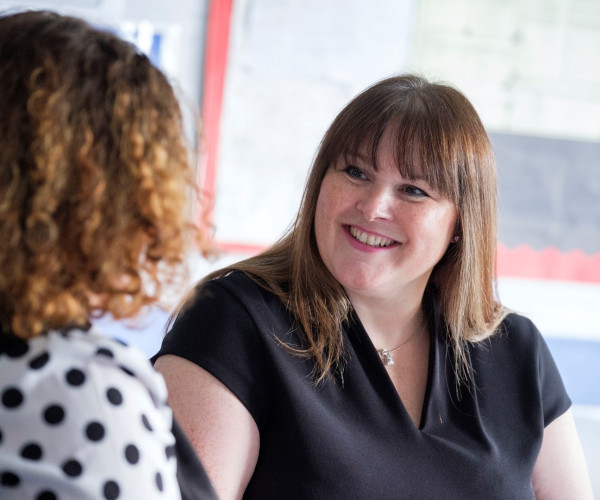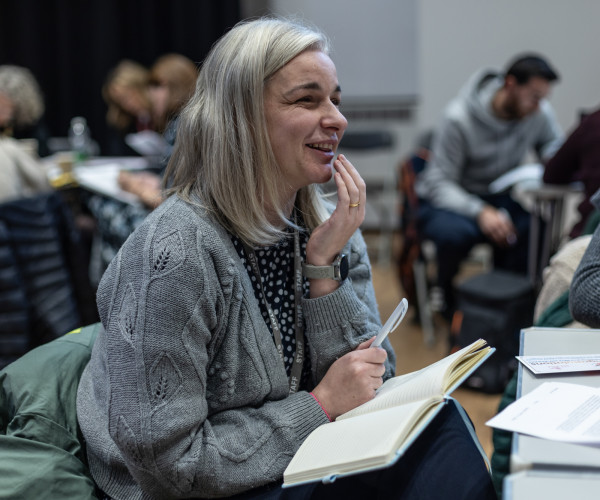Teach Computing: Teaching key stage 1 computing
Tuesday 10th January, 9:30am to 4:00pm
10
Jan
Summary
You will develop your knowledge of internet-connected computer systems, from hardware to online safety. You will take-away engaging ways to use computers and software effectively, supporting other areas of curriculum learning. Combining popular and accessible tools, you will develop the skills and ideas to support creative projects produced by your children. You'll also discover age-appropriate data collection, analysis and sharing methods and projects.
Do you prefer to learn remotely? If so, take a look at:
Teaching key stage 1 computing - module 1
Teaching key stage 1 computing - module 2
This course is delivered as part of the National Centre for Computing Education.
Who is it for?
Primary computing coordinators looking to develop their own teaching and that of their colleagues.
Any primary teacher or senior leader interested in teaching computing.
What topics are covered?
- 01 What is computing? Understand the aims of the key stage 1 computing National Curriculum. Consider the range of modern computing devices and the terminology that applies to the subject. Explore some effective teaching approaches.
- 02 Programming and algorithms be introduced to computational thinking, and key underpinning ideas including logic, pattern recognition, and problem solving with algorithms. Experience unplugged computing teaching away from a computer.
- 03 Understanding data consider data and how it can be collected, handled and its meaning communicated through pictograms and charts. Structure data using a simple branching database. Consider the range of computing applications and careers.
- 04 Digital literacy understand how digital literacy is taught across the computing curriculum and help children be safe, knowledgeable and skilled users of technology and the internet.
- 05 Presenting information consider age-appropriate skills for developing and managing digital content including text and images. Support children to plan how to present information suitable for a range if purposes and audiences, and to evaluate their work.
- 06 Creative computing use computer software and digital devices to create multimedia content across the primary curriculum, developing a range of digital skills. Improve lesson planning and teaching approaches to support learning and progression.
How will you learn?
- Expert guidance from experienced and knowledgeable teachers of primary computing.
- Discussion with the course Professional Development Leader and other participants ensuring you have confidence in your understanding, and can consider computing in the context of your own school.
- Hands-on experiential learning, undertaking activities that can be used back in the classroom and shared with colleagues.
How long is this course?
This course is a split across two-days each involving 5 hours of learning. There is a mandatory gap task of 2-4 hours duration.
Outcomes
You will be able to help children:
- Understand how computers work, their constituent parts and the instructions they follow
- Recognise the many types of computer system in the world around them, making purposeful and safe use of them
- Learn through projects and lessons where they collect and share data through surveys and investigations
- Create digital content such as images, video and sound in multimedia projects
- Consider their own use of technology, the benefits and risks that it brings, and know its importance in the world and their learning through development of your own subject knowledge, pedagogy and practice.





